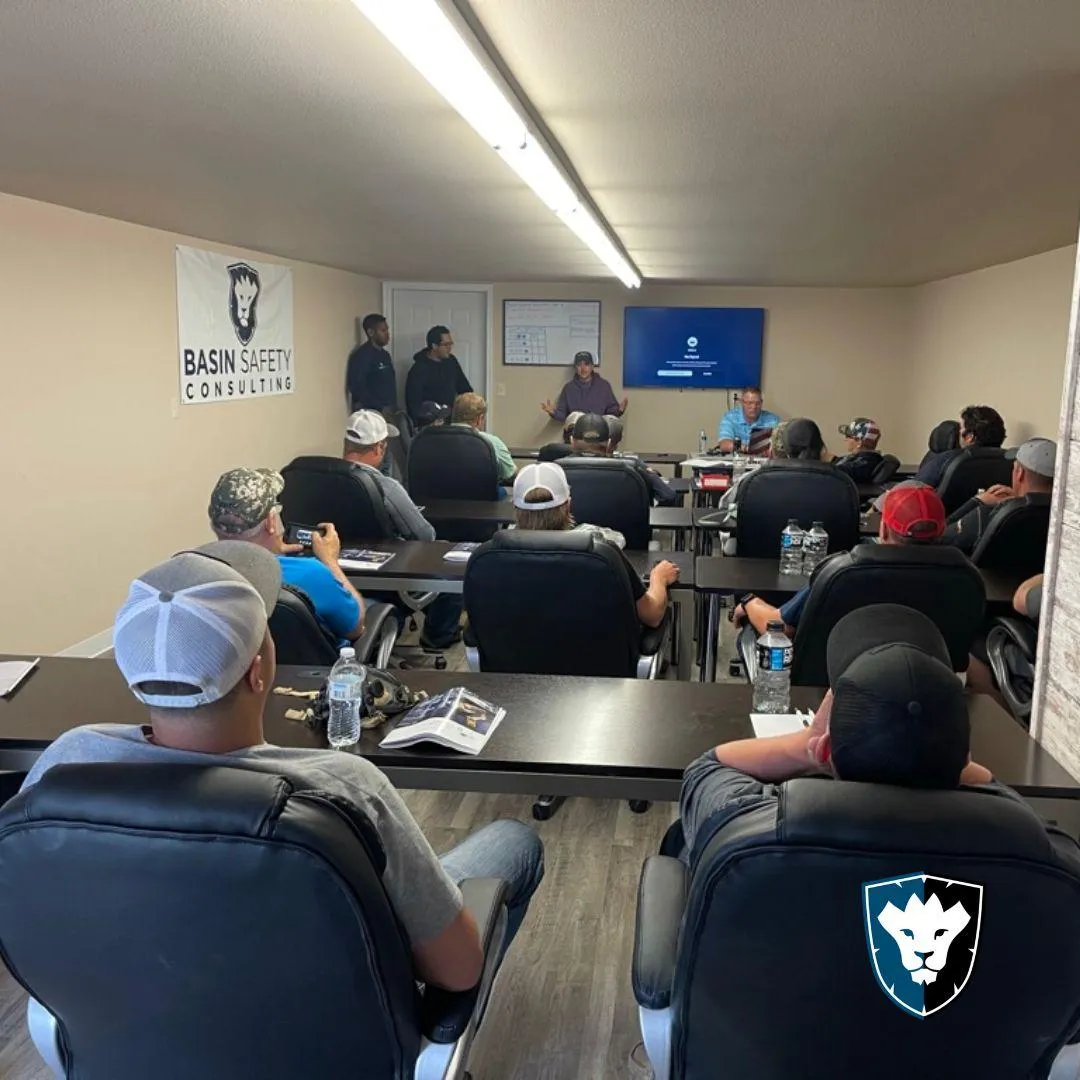
How Can Employers Improve Emergency Response and PPE Preparedness?
A well-planned emergency hazard response can save lives and prevent serious injuries. Employers must integrate workplace safety programs that prioritize proper PPE usage and effective hazard communication standards to prepare for emergencies.
Creating an emergency response plan should include hazard identification, risk assessment, and PPE compliance guidelines to ensure employees are equipped with the necessary protective gear.
What Are the Critical Components of an Emergency Response Plan?
A comprehensive emergency hazard response strategy should include:
Risk assessment and hazard prevention measures.
Clear safety signage compliance to direct employees during emergencies.
PPE selection and implementation for various emergency scenarios.
Regular PPE training for employees to ensure proper use and maintenance.
By following these steps, businesses can improve workplace hazard awareness and reduce injury risks.
Why Is PPE Compliance Crucial in Emergency Situations?
In hazardous work environments, personal protective equipment (PPE) serves as the first line of defense. Employers must:
Ensure industrial PPE standards are met.
Provide OSHA PPE guidelines training to all employees.
Implement workplace safety regulations for PPE maintenance and storage.
Conduct periodic audits to check proper PPE usage and effectiveness.
Without proper PPE, employees face higher risks of injury during workplace emergencies.
How Can Employers Strengthen Workplace Hazard Identification?
Effective safety hazard identification is essential for emergency preparedness. Employers should:
Conduct regular workplace inspections.
Use safety symbols in the workplace for quick hazard recognition.
Implement workplace hazard labeling to identify risks.
Maintain SDS compliance for hazardous material management.
By proactively addressing safety concerns, businesses can create a safer work environment.
What Are the Consequences of Poor Emergency Preparedness?
Lack of preparedness can result in:
Increased workplace injuries and fatalities.
Non-compliance with regulatory safety compliance standards.
Higher operational costs due to liability claims.
Loss of employee confidence and productivity.
By ensuring safety protocols for hazardous environments, businesses can prevent workplace accidents and legal issues.
Enhance Emergency Preparedness with Basin Safety
Basin Safety provides expert guidance on emergency hazard response, workplace safety programs, and PPE compliance guidelines to help businesses protect their workforce and maintain compliance.
Don't wait for an accident to highlight your safety gaps. Contact us today or visit our website to strengthen your safety protocols and protect your team.
Contact Us:
(701) 572-8140
www.basinsafetyus.com
Archives
Categories
Benzene Testing
Bloodborne Pathogens
Breathing Air Systems
Certification Process
Confined Space Attendants
Confined Spaces
Construction Equipment Operators
Electrical
Environmental Compliance
Excavation and Trenching
Fire Extinguisher Training
Forklift Operator
Hazcom Workplace Safety
HAZWOPER
Hearing Protection Training
Heavy Equipment
Hydrogen Sulfide
Lone Worker
Lone Worker Solutions App
Monitoring
Oil and Gas
Oil Drilling
Online Training Confined Spaces
Permit-required
PPE
Radiation Safety
Rescue Equipment
Rescue Team
Safety Consultants
Safety Devices
Safety Tracking
Safety Training
Site Inspections
Training 1
Training 2
Training 3
Training 4
Training 5
Uncategorized
Virtual Access to Safety Data
Waste Haulers
Confined Space Rescue
VISIT US
4401 16th Avenue West Williston, ND 58801.
2740 Sims Street Suite B Dickinson , ND 58601
(701) 572-8140

BASIN SAFETY CONSULTING CORPORATION
Basin Safety believes in shared excellence. We are accountable to our core values:
● Pioneering Excellence Everyday
● Supporting each other to put customers first
● Asking the right questions, to ensure the greatest results.
Basin Safety Consulting © 2025. All rights reserved.
Powered By Upleveled Strategies

BASIN SAFETY CONSULTING CORPORATION
Basin Safety believes in shared excellence. We are accountable to our core values:
● Pioneering Excellence Everyday
● Supporting each other to put customers first
● Asking the right questions, to ensure the greatest results.
VISIT US
4401 16th Avenue West Williston, ND 58801.
2740 Sims Street Suite B Dickinson , ND 58601
(701) 572-8140
Basin Safety Consulting © 2025. All rights reserved.
Powered By Upleveled Strategies

